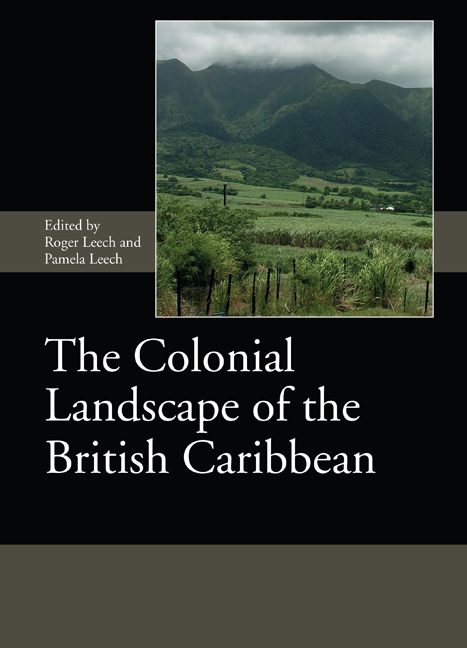6 - Archaeological Evidence for Enslaved African Laborers from Two Locations at the Brimstone Hill Fortress, St Kitts, West Indies
Published online by Cambridge University Press: 31 March 2021
Summary
SUMMARY: The Brimstone Hill Fortress, a British colonial period (1690–1854) site on the north-west coast of St Kitts, was constructed and maintained mostly by enslaved Africans. Laborers were acquired primarily from local plantations; others were procured by and permanently attached to military units. A 1791 map identifies buildings at five locations that African workers occupied. Excavations of three buildings at a limekiln complex and two structures in a habitation area confirm that enslaved Africans maintained their self-identity, utilized Afro-Caribbean and British-made wares in food preparation, and consumed salt beef and pork, local goats/sheep, and imported and local fish.
The Brimstone Hill Fortress sits atop a volcanic extrusion that towers over 230m above the Caribbean Sea on the north-west coast of St Kitts (Fig. 6.1). The British first fortified the hill with cannons in 1690 and continued to develop its military potential with numerous barracks, buildings, structures, and walls until its abandonment in 1853–4. The only major military engagement at the fortress was the French siege and occupation of 1782–3. Brimstone Hill was maintained as a place of refuge for the island's population during times of foreign invasion until the mid 18th century after which its primary purpose shifted to military defense and a deterrent to slave revolts. British military engineers designed the fort, with virtually all construction, renovation, and maintenance accomplished by enslaved Africans before emancipation and black as well as white laborers after 1834. At various times throughout its history, British army officers and enlisted men, members of the St Kitts militia, soldiers of the First, Second, Third, and Fourth West India Regiments, Africans from the ‘Corps of Black Military Artificers and Pioneers’ and from the ‘Corps of Embodied Slaves,’ as well as small numbers of civilians, military wives, and children occupied the Brimstone Hill Fortress.
The archaeological potential of Brimstone Hill was recognized in the 1960s and clearing rubble from buildings and occasional small excavations were made through the 1980s. In 1996 specific archaeological research goals were identified and the University of Tennessee initiated a long-term excavation program at the site. The research design conceptualizes Brimstone Hill as once being a highly structured and frequently oppressive multi-ethnic and multi-racial community where the number, organization, and relationship of people differed with changing social, political, economic, environmental, and cultural circumstances.
- Type
- Chapter
- Information
- The Colonial Landscape of the British Caribbean , pp. 89 - 130Publisher: Boydell & BrewerPrint publication year: 2021

